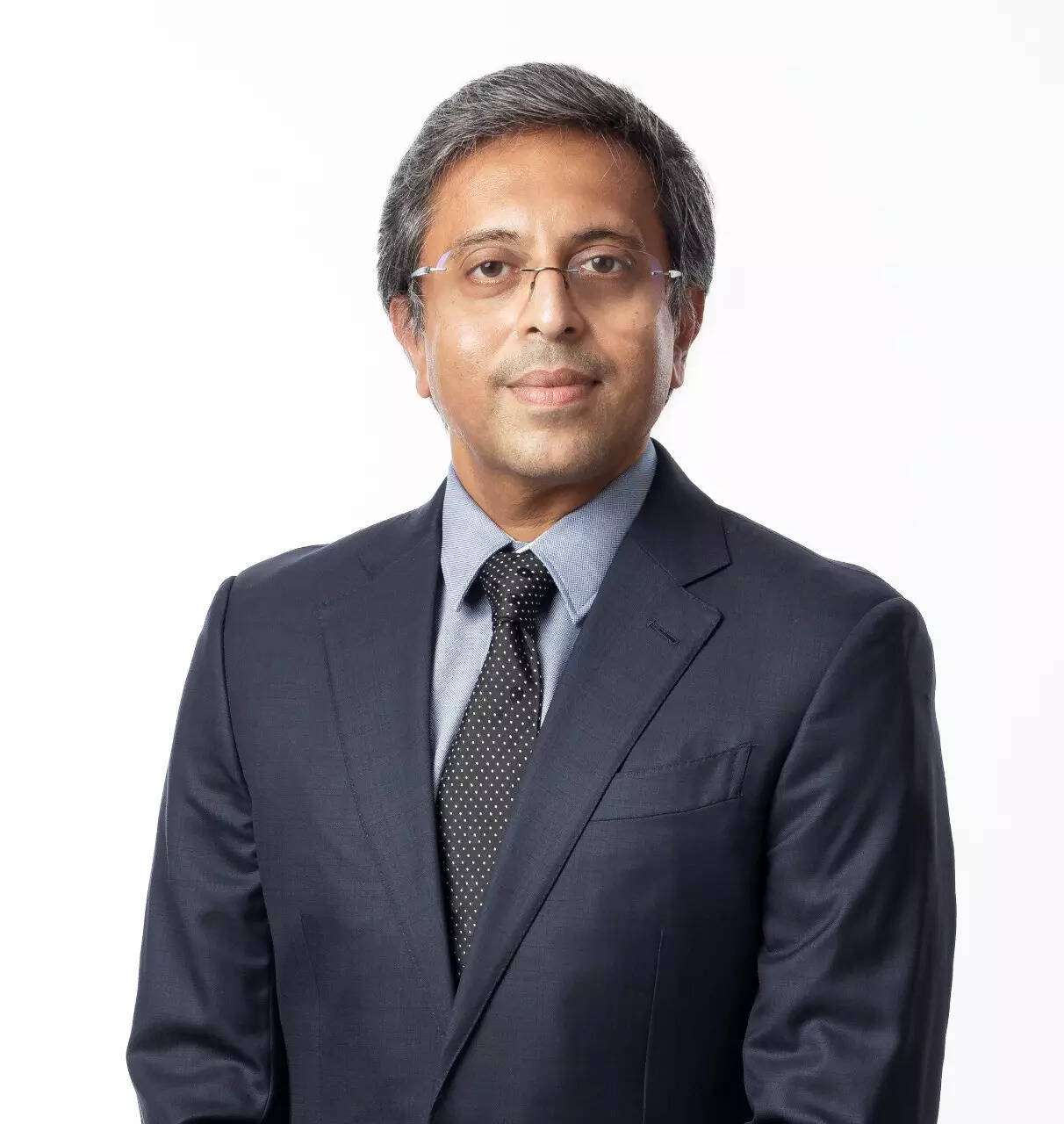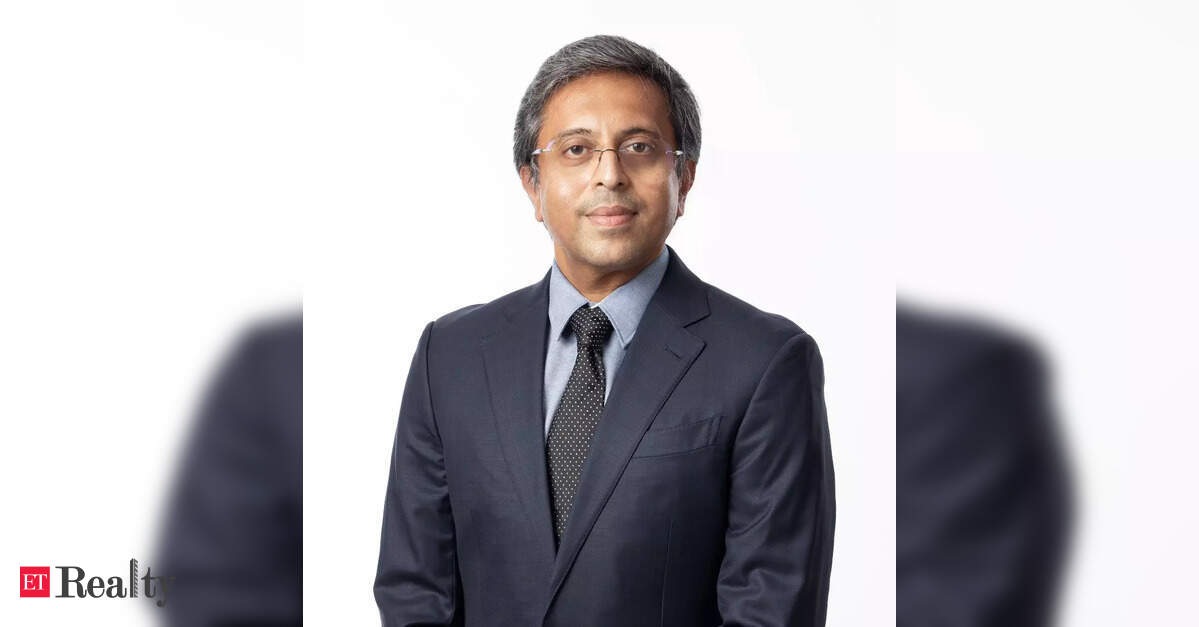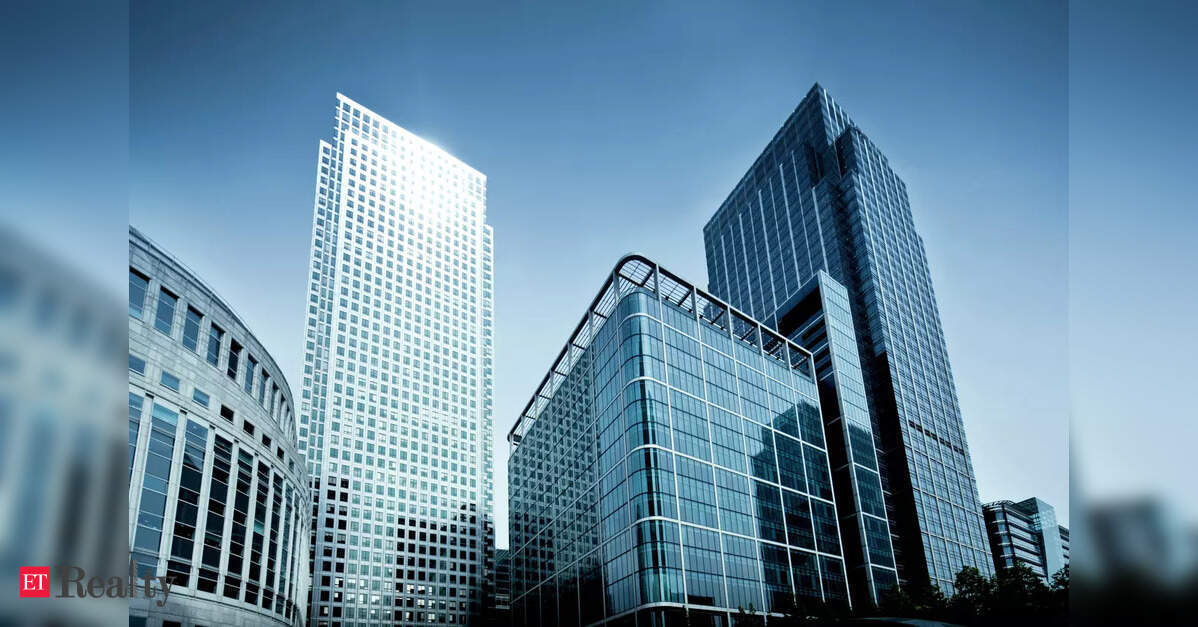
NEW DELHI: CapitaLand Investment India (CLI India) is refining its capital markets and portfolio strategy in India. In an exclusive conversation with ETRealty, CEO Sanjeev Dasgupta discusses the company’s exploration of InvIT structures for its logistics and data center platforms, while maintaining office assets within the Singapore-listed CapitaLand vehicle to streamline investor interests. Notably, he notes that with five REITs and around 50 InvITs in India, the market is expanding. However, he emphasizes that any new India REIT should ideally commence near the US$1 billion threshold and chart a distinct growth trajectory.
Dasgupta points to robust demand trends for FY25, citing CLI India’s 10 million sq ft of operational industrial and logistics space and another 14 million sq ft under construction. Logistics occupancy rates are demonstrating mid-90s, while office occupancy hovers near 90%. Their first data center in Navi Mumbai (33.7 MW IT load) is operational with a major US hyperscaler, with subsequent phases in development in Hyderabad and Chennai, and plans for Bengaluru to follow.
Capital is being redeployed effectively, as older standalone assets like CyberPearl in Hyderabad and CyberVale in Chennai are being sold to fund new projects, including a significant redevelopment in Hyderabad that will expand from 1.4 million sq ft to 5 million sq ft over multiple phases. Here are some edited excerpts:
CapitaLand is considering a listing in China. Are you also assessing the REIT market in India? What’s your perspective on it currently?
With five REITs and over 50 InvITs currently operational, India has emerged as a crucial market. An industry report recently estimated the market cap of listed Indian real estate at approximately US$130 billion, with a projected growth rate of about 30% over the next 2-3 years.
Some of our newer asset classes currently categorized as private equity or offshore fund structures, especially logistics, have strong potential for REIT structure adoption. We hold a substantial logistics portfolio in India fitting this model, alongside our expanding data centers which could also present REIT opportunities.
How does the REIT listing landscape in China differ from India’s?
The regulations for REITs in China contrast significantly with those in India. For instance, in Singapore, CapitaLand has a REIT, CLCT, that encompasses assets from India, but does not incorporate Chinese assets. The strategic considerations in each country are quite distinct.
The Indian REIT market is still maturing. Currently, for a REIT in India to be worthwhile, the asset size should be at least $1 billion. Smaller REITs may dilute the market, and with the growth of Indian REITs, consolidation is favored over a proliferation of smaller entities within the same asset class.
Why not consider an India office REIT?
Our Indian office assets are already integrated within the Singapore-listed CapitaLand structure. Establishing a second office REIT in India would split the asset pool, confuse investors, and reduce scale. Additionally, the Indian REIT market favors size—being close to US$1 billion at listing with a viable growth trajectory over the next 3–4 years is essential.
How many office REITs do you project India can support?
Office ownership in India is relatively concentrated. Rather than a multitude of options, I expect the current five to grow gradually to perhaps 8–10, but not 50.
Some investors suggest that returns from Indian REITs have been inconsistent. What is your take?
Over the past year, returns have been quite strong, driven by rental growth and improved supply discipline in key micro-markets.
How does FY25 appear for CLI India in terms of offices, logistics, and data centers?
The fiscal year 2025 has shown a positive outlook for office demand. Our listed REIT in Singapore, primarily focused on office space, has reported solid year-on-year growth. The demand for logistics leasing in India remains robust as well.
In data centers, our first facility in Navi Mumbai is operational and leased to a significant US hyperscale player, with a second phase of 37 megawatts currently in development. Additional phases are also underway in Hyderabad, Chennai, and Bengaluru, with expected capacities in Bengaluru and Hyderabad of approximately 27 megawatts each and 36 megawatts in Chennai.
Could you elaborate on your commercial office portfolio and leasing activities?
We currently possess around 25-26 million sq ft of completed commercial real estate and an additional 14 million sq ft in construction. This fiscal year, we’re preparing 1.3 million sq ft developments in Pune and Chennai, with an investment of around ₹1,200-₹1,300 crore. Our commercial office portfolio in India boasts an occupancy rate close to 90%.
What’s the current scale and occupancy in the industrial and logistics sectors?
Our logistics portfolio is about 94-95% occupied, encompassing 10 million sq ft of operational space and 14 million sq ft under construction. Within our industrial and logistics framework, roughly 70% is dedicated to logistics, while 30% pertains to manufacturing.
You recently initiated selling a standalone factory asset in Chennai. What’s behind this decision, and do you anticipate more exits?
This is part of portfolio churning. The strategy is to reinvest the capital from these sales into newer, cost-effective opportunities. It’s about selling higher and buying lower for optimized portfolio management. Demand for manufacturing assets is currently strong, allowing for attractive valuations. However, exits depend on individual asset contexts; for example, selling a single building within a vast, integrated campus may not be sensible, whereas standalone buildings in Hyderabad and Chennai justify selective sales.
What’s the redevelopment plan for Hyderabad?
At our International Tech Park Hyderabad, we’re expanding from 1.4 million sq ft to 5 million sq ft in phases, investing approximately ₹500-600 crore. The upcoming phase of one million sq ft has already completed demolition, with approvals in process.
What’s your outlook for commercial real estate in terms of rents, supply, and infrastructure?
Global Capability Centers (GCCs) are growing faster than local IT sectors, indicating strong demand. Metro rail improvements will enhance connectivity and subsequently increase rents; for instance, ITPL/Whitefield experienced a 30–40% rent uplift after metro introduction. Currently, supply in prime micro-markets is tight which is favorable, as oversupply poses a greater risk than scarcity. We’re seeing average rent growth of 8–10%, which we expect will continue this year, depending on the asset.
With increasing consolidation among leading landlords, is there a risk of monopoly?
No, the market remains competitive. Even with fewer large players, significant new supply is being added, and tenant needs drive market dynamics rather than monopolistic pricing.
What are CLINT’s main portfolio and balance-sheet metrics as of now?
As of March 31, 2025, our assets under management (AUM) stand at S$3.7 billion, with a market cap of S$1.3 billion and a NAV/unit of S$1.38 (as of December 31, 2024). Committed occupancy is at 92%, with net gearing at 39.7% (post cash). With a unit price of S$0.965, the dividend yield is 7.1%, and our FY2024 distribution per unit (DPU) was 6.84 Singapore cents (10-year CAGR +4%).
Our customer base includes approximately 330 tenants, averaging around 55,000 sq ft each, with the largest tenant accounting for 12% of portfolio base rent.
Base rent distribution by city: Hyderabad 27%, Bengaluru 27%, Chennai 19%, Pune 19%, and Mumbai 8%. The portfolio consists of 10 IT parks, 3 industrial facilities, 1 logistics park, and 4 data-center developments, with 94% of our business-park portfolio achieving green certification.




